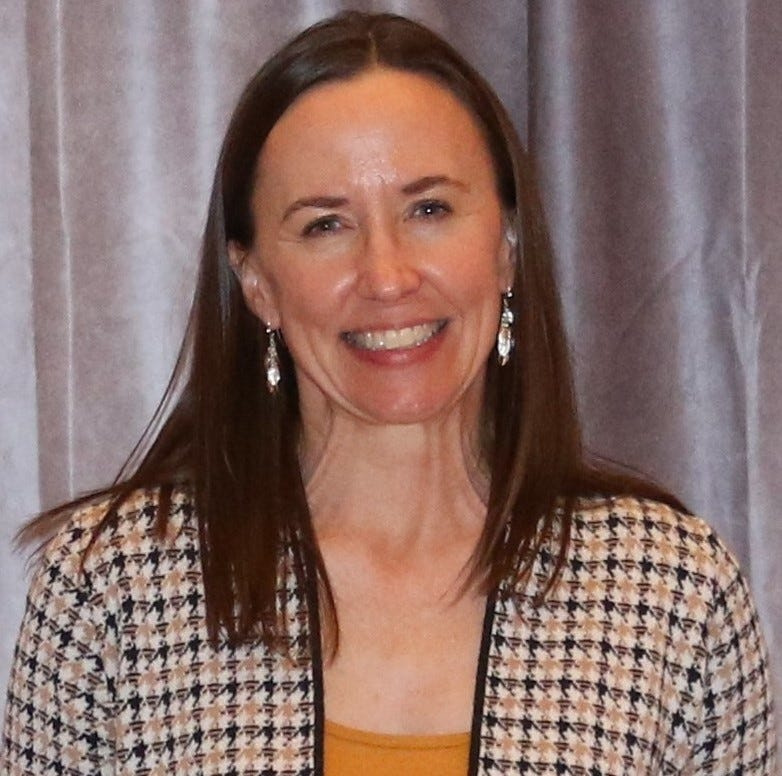Last weekend, I found myself in Logan for the boys’ soccer game. This meant I’d drive back home through Perry County where my mom was raised. As I left the stadium parking lot, I called my Aunt Carol to see if I could stop for a visit.
And what a lovely visit it was, complete with a cup of decaffeinated coffee and a homemade chocolate chip cookie. We looked through the latest pictures of her four great-grandchildren and she caught me up on the goings on of my three cousins. She proudly showed me her latest quilt with beautiful jewel tones made of flannel. It not only felt warm, it looked warm too. I left this time well spent with her feeling warm from the inside out.

The art of conversation. Do you remember visiting relatives or a parent’s friend as a child? Or maybe visiting an older lady from church who could not get out very often? I can remember going up the street to Mrs. Singer’s house occasionally as a child. Just to talk and listen for a little while.
This was once a strong value of our rural culture. And it spans across the world in many types of communities. I read recently about the concept of yarning in native aboriginal cultures. We think of “spinning a yarn” as telling an imaginative story. In Australia, yarning relates to storytelling, but it is much more than that.
The University of New South Wales in Canberra describes a yarning circle as “a significantly important process that Aboriginal and Torres Strait Islander people use to learn, share, build respectful and caring relationships, pass on cultural knowledge through narrative and come together as a community.”
In some cases, the participants may drink a cuppa, which is short for a cup of tea. When sitting in a yarning circle, all people face each other. Each person is viewed as equally important as they listen and contribute to the conversation. This makes me think of how special it is to sit around the dinner table together as a family.
The Family Dinner Project shares that recent studies link regular family meals with child behaviors like higher grade-point averages, resilience and self-esteem. Also, families that eat meals together are linked to lower rates of substance abuse, teen pregnancy, eating disorders and depression.
One of the main ways this happens is because of the conversation around the table. Dr. Anne Fishel, a therapist who contributes to the Family Dinner Project, has these suggestions to deepen the conversation at the table.
Mark your calendar now for Dine In Day on Dec. 3. This is a day to intentionally have dinner together as a family, invite a friend from the neighborhood or take a meal to someone who cannot leave home. Conversing together is food for the soul indeed.
Today, I’ll leave you with this quote from Rainer Maria Rilke: “A person isn’t who they are during the last conversation you had with them − they’re who they’ve been throughout your whole relationship.”
Emily Marrison is the OSU Extension Family & Consumer Sciences Educator in Coshocton County and Assistant Professor at The Ohio State University. She may be reached at 740-622-2265 or marrison.12@osu.edu .
This article originally appeared on Coshocton Tribune: Emily Marrison explores the art of conversation and its positive impacts on families
Reporting by Emily Marrison, Special to the Tribune / Coshocton Tribune
USA TODAY Network via Reuters Connect


